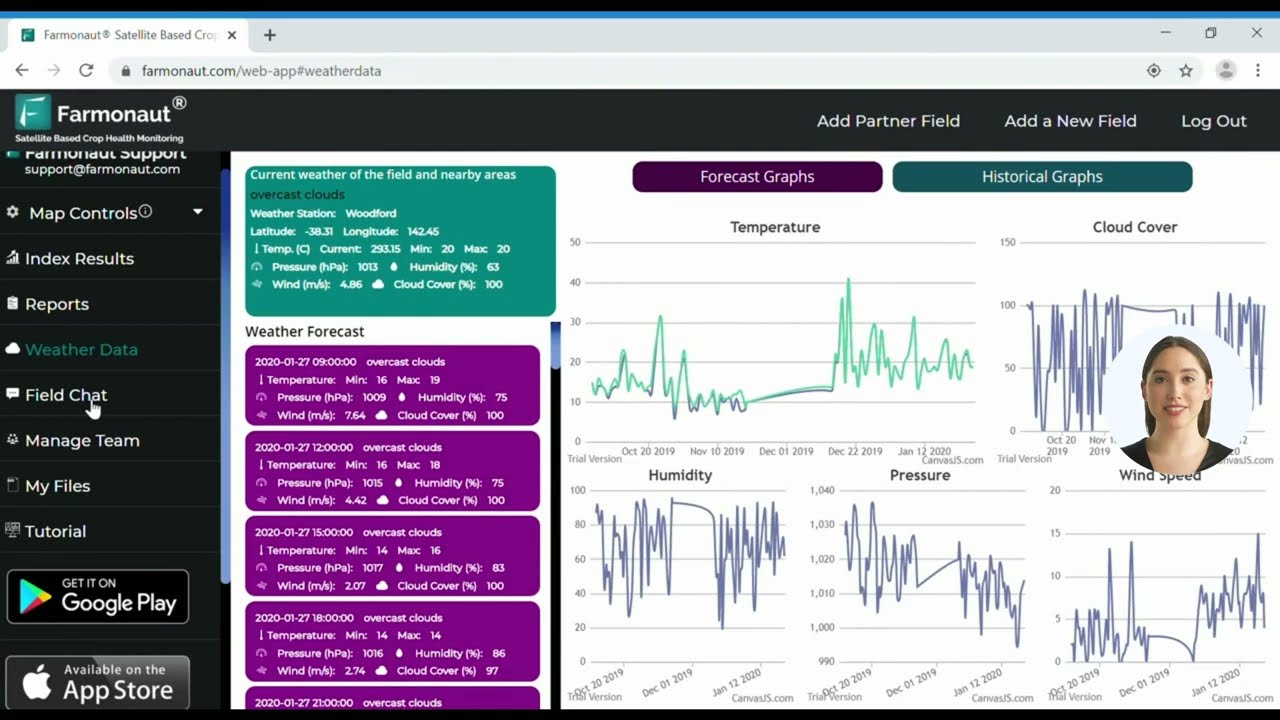NOAA Budget Cuts Threaten US Climate Research and Weather Forecasting: Impact on Agriculture and Fisheries

“NOAA’s research branch faces a potential 75% budget cut by 2026, threatening crucial climate and weather services.”
In a startling development that has sent shockwaves through the scientific community and raised alarms among environmentalists, farmers, and fishermen alike, the National Oceanic and Atmospheric Administration (NOAA) is facing severe budget cuts that threaten to cripple its crucial climate research and weather forecasting services. As we delve into this pressing issue, we’ll explore the far-reaching implications of these cuts on agriculture, fisheries, and our ability to understand and adapt to climate change.
The Looming Crisis: NOAA Budget Cuts Explained
The Trump administration’s skeptical approach to climate change has culminated in a proposal to drastically reduce funding for NOAA’s research arm. According to internal White House documents, the administration plans to ask Congress to slash funding for research labs and offices overseeing climate studies by a staggering 75% by 2026. This move could effectively eliminate hundreds of federal and academic scientist positions, dealing a severe blow to NOAA’s capacity to study climate change and provide essential data for various sectors, including agriculture and fishing.
These cuts come on top of recent job eliminations, with at least 1,000 NOAA positions already axed under the oversight of the Department of Government Efficiency (DOGE). The gravity of the situation cannot be overstated, as NOAA plays a pivotal role in global climate science, weather prediction, and fisheries conservation.
The Global Impact of NOAA’s Research
NOAA’s influence extends far beyond American borders. Researchers worldwide rely on NOAA’s data and models for their studies and predictions. The agency’s work is fundamental to our understanding of climate patterns, ocean health, and atmospheric changes. By severely limiting NOAA’s research capabilities, we risk creating a significant knowledge gap that could hinder global efforts to combat climate change and prepare for its impacts.
Agriculture and Fisheries: Sectors at Risk
The agricultural sector and fishing industry heavily depend on NOAA’s weather predictions and data. Farmers rely on accurate weather forecasts to make critical decisions about planting, harvesting, and resource management. Without NOAA’s precise data, the agricultural sector could face increased uncertainty and potential losses.
Similarly, the fishing industry relies on NOAA’s research for understanding marine ecosystems, tracking fish populations, and implementing sustainable fishing practices. The proposed cuts could severely hamper efforts to maintain healthy fish stocks and protect marine biodiversity.
For farmers and fishermen looking to adapt to these potential changes, technological solutions like those offered by Farmonaut’s crop monitoring services could become increasingly valuable. These tools provide real-time data on crop health and environmental conditions, helping to mitigate some of the impacts of reduced NOAA services.
The Economic Ripple Effect
The potential economic impact of these cuts extends far beyond the immediate loss of jobs within NOAA. The agricultural and fishing industries, which contribute significantly to the US economy, could face increased volatility and reduced productivity without access to reliable climate and weather data. This, in turn, could lead to higher food prices, reduced exports, and economic instability in rural communities that depend on these industries.
“Proposed NOAA budget cuts could eliminate hundreds of federal and academic scientist positions, impacting global climate research.”
Climate Science Under Siege
Critics argue that these budget cuts reflect a broader skepticism towards climate science within the current administration. By reducing funding for climate research, the government risks undermining decades of progress in understanding global warming and its impacts. This move could have long-lasting consequences for climate studies, potentially setting back our ability to develop effective strategies for mitigating and adapting to climate change.
In light of these challenges, innovative solutions like Farmonaut’s carbon footprinting tools become even more crucial. These technologies can help businesses and farmers monitor and reduce their environmental impact, filling some of the gaps left by reduced government research.

Weather Forecasting: A Matter of Public Safety
NOAA’s weather forecasting capabilities are not just a matter of convenience; they’re a critical component of public safety. Accurate predictions of severe weather events like hurricanes, tornadoes, and floods save lives and protect property. The proposed cuts could significantly reduce the accuracy and timeliness of these forecasts, putting communities at greater risk.
For those in the agricultural sector, the potential loss of accurate weather forecasting could be particularly devastating. Farmers rely on these predictions to make crucial decisions about crop management and resource allocation. In the face of this uncertainty, tools like Farmonaut’s fleet management solutions can help agricultural businesses optimize their operations and adapt to changing conditions.
The International Scientific Community Reacts
The international scientific community has expressed deep concern over the proposed NOAA budget cuts. Researchers from around the world have emphasized the critical role that NOAA plays in global climate science and weather prediction. Many fear that the loss of NOAA’s research capabilities could create a domino effect, hindering climate studies and environmental protection efforts worldwide.
In response to these concerns, some organizations are turning to alternative data sources and technologies. For instance, Farmonaut’s blockchain-based traceability solutions offer a way to ensure transparency and accountability in supply chains, even as traditional data sources become less reliable.
The Political Dimension
The proposed cuts to NOAA’s budget are not occurring in a political vacuum. They reflect a broader shift in environmental policy under the current administration. Critics argue that these actions are part of a concerted effort to downplay the importance of climate change and reduce the government’s role in environmental protection.
Congresswoman Zoe Lofgren, the ranking Democrat on the House science committee, has called the budget plan for NOAA “both outrageous and dangerous,” warning that the administration is “wholly destroying” essential services. This political dimension adds another layer of complexity to the issue, as the future of NOAA’s funding becomes a battleground in the larger debate over climate policy.
Adapting to a Changing Landscape
As the debate over NOAA’s funding continues, businesses and individuals in climate-sensitive sectors must prepare for potential changes. This is where technological solutions can play a crucial role. For example, Farmonaut’s crop loan and insurance tools can help farmers manage financial risks in an increasingly uncertain environment.
The Role of Private Sector and Technology
As government funding for climate research potentially decreases, the private sector may need to step up to fill the gap. Companies specializing in environmental monitoring, data analysis, and climate modeling could play an increasingly important role in providing the information that businesses and policymakers need to make informed decisions.
Technological advancements, such as those offered by Farmonaut, can provide valuable tools for farmers and businesses adapting to a changing climate. From satellite-based crop monitoring to AI-driven advisory systems, these technologies can help mitigate some of the impacts of reduced government services.
Looking to the Future
The potential cuts to NOAA’s budget represent a critical juncture in our approach to climate science and environmental management. As we navigate this uncertain terrain, it’s clear that a multi-faceted approach will be necessary. This may involve a combination of political advocacy to protect crucial government services, increased private sector involvement in climate research, and the adoption of innovative technologies to fill gaps in data and services.
For those in the agricultural sector, tools like Farmonaut’s large-scale farm management solutions can provide valuable support in adapting to these changes. These technologies offer real-time insights and data-driven decision-making capabilities that can help farmers navigate an increasingly complex environmental landscape.
A Call to Action
As we confront the potential consequences of NOAA budget cuts, it’s crucial for all stakeholders – from policymakers and scientists to farmers and fishermen – to engage in this critical conversation. The decisions made today will have far-reaching implications for our ability to understand, predict, and adapt to climate change in the years to come.
We must advocate for continued support of essential climate research and weather forecasting services while also exploring innovative solutions to address the challenges we face. By combining robust government support with cutting-edge technologies and private sector innovations, we can work towards a more resilient and sustainable future.
Impact of NOAA Budget Cuts on Climate Research and Agriculture
| Sector/Area | Current Status | Projected Impact |
|---|---|---|
| Climate Research Funding | Robust funding supporting comprehensive climate studies | 75% reduction, severely limiting research capabilities |
| Weather Forecasting Accuracy | High accuracy with advanced models and data | Potential decrease in accuracy and timeliness of forecasts |
| Agricultural Planning Support | Detailed climate data aiding in crop management decisions | Reduced data availability, increasing uncertainty for farmers |
| Fisheries Management | Comprehensive monitoring of marine ecosystems | Limited ability to track fish populations and maintain sustainability |
Frequently Asked Questions
- How will the NOAA budget cuts affect everyday weather forecasts?
The cuts could reduce the accuracy and timeliness of weather forecasts, potentially impacting daily planning and safety measures. - What alternatives are available for farmers who rely on NOAA data?
Farmers can explore private sector solutions like Farmonaut’s crop plantation and forest advisory services, which provide satellite-based monitoring and AI-driven insights. - How might these cuts impact global climate research?
The cuts could create significant gaps in global climate data, potentially slowing progress in understanding and addressing climate change worldwide. - What can individuals do to support climate research in light of these cuts?
Individuals can advocate for continued funding, support private research initiatives, and adopt technologies that contribute to environmental monitoring and sustainability. - How will the fishing industry be affected by reduced NOAA services?
The industry may face challenges in sustainable fisheries management due to limited data on marine ecosystems and fish populations.
Conclusion
The proposed budget cuts to NOAA represent a significant challenge to our ability to understand, predict, and adapt to climate change. These cuts threaten not only our scientific progress but also the livelihoods of countless individuals in agriculture, fishing, and related industries. As we navigate this uncertain future, it’s crucial that we continue to advocate for robust climate research while also embracing innovative solutions to fill potential gaps in data and services.
For those looking to adapt to these changes, technologies like those offered by Farmonaut can provide valuable support. From satellite-based crop monitoring to AI-driven advisory systems, these tools can help farmers and businesses make informed decisions in an increasingly complex environmental landscape.
As we move forward, it’s clear that addressing the challenges posed by climate change will require a collaborative effort from government agencies, private sector innovators, and individual citizens. By working together and leveraging the best available technologies and data, we can strive to create a more resilient and sustainable future for all.
Earn With Farmonaut: Join our affiliate program and earn 20% recurring commission by helping farmers save 10% with your promo code. Onboard 10 Elite farmers monthly to earn a minimum of $148,000 annually—start now and grow your income!
Access Farmonaut’s Innovative Solutions
To explore how Farmonaut’s technologies can help you adapt to changing climate conditions and optimize your agricultural operations, check out our various platforms:
For developers interested in integrating our data into their own systems, visit our API page and check out our API Developer Docs.




















